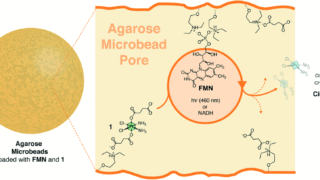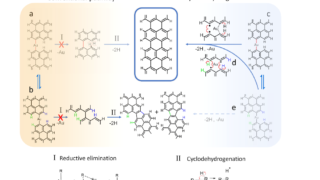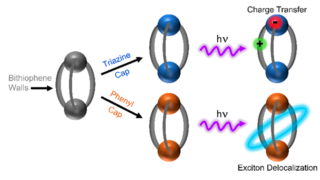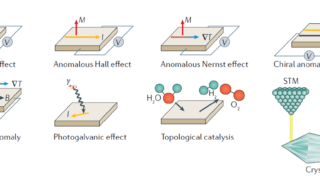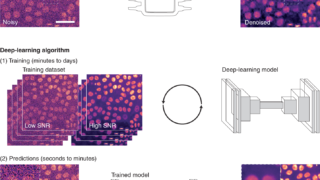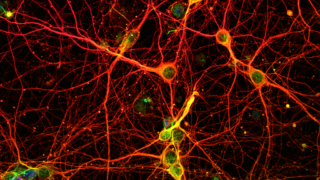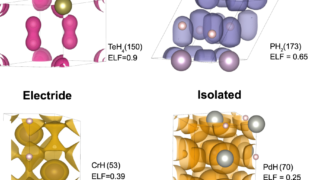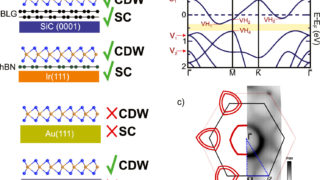
Proximity effects or the fragility of electronic ground states in 2D materials
Transition metal dichalcogenides (TMDs) are layered compounds which can be thinned down to the single-layer limit. While mechanical exfoliation generates atomically thin TMD flakes possessing an area of a few square microns, chemical and physical methods provide high-quality monolayers on large-area substrates, which are suitable for actual technological applications. TMDs are a class of van […]

